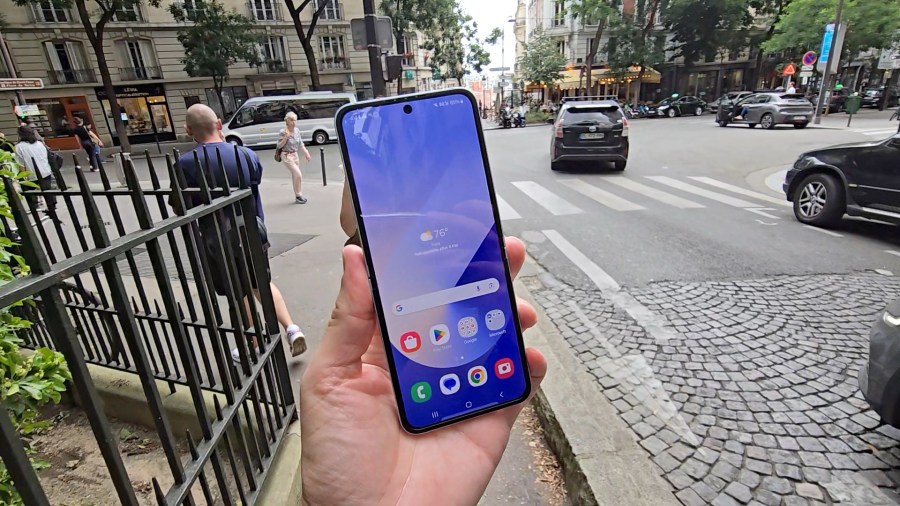Staying connected in a foreign country is easier than ever, thanks to our smartphones.
Here’s what I learned on my recent trip to Paris about what works and what doesn’t when it comes to avoiding roaming charges and getting around like a local.
Follow Rich DeMuro for more tech news, tips and reviews.
First, you need an app to monitor flight changes. Flighty is the best app for this on iOS. It will give you up-to-the-minute alerts on your flights and any updates, changes, or delays.
On Android? Try App in the Air. Although notifications weren’t as instantaneous as Flighty’s, I like the design and functionality.
Need to keep track of the time back home? Put a widget on your home screen that shows the time in both your local and home time zones.
Now, it’s time to start downloading.
Netflix and other streaming services let you download shows and movies to watch without WiFi. You can also set up smart downloads to always have something new to watch. Netflix and YouTube offer this functionality for premium accounts.
For a currency converter, I like the XE app. They also have a widget you can place on your home screen.
Next, don’t forget to download the offline map for the place you’re visiting.
Apple and Google Maps support this feature, giving directions even when there is no cellular or WiFi signal.

For translations, Samsung, Apple, and Google all have translation apps. For Samsung and Apple, the functionality is built-in. Otherwise, download Google Translate. Just be sure to download the language of the place you’re visiting so it also works offline.
Want to stay connected but avoid roaming charges?
First, call your cellular provider and ask if roaming is included in your plan. You might also have some roaming “day passes” banked, so inquire about that too.
If not, turn off roaming on your phone and set up WiFi calling and texting before you leave the States. Every provider is slightly different about this, so be sure to ask if they charge for international. Most don’t, but some of the smaller carriers might.
You can avoid any major headaches by getting an eSIM. This is a temporary international cellular plan you can buy and activate right from an app on your phone.
Many modern smartphones support eSIM.
While traveling, connect to WiFi hotspots whenever possible to save on data. Just be careful about doing any sensitive banking transactions over WiFi. Use a VPN for added protection.
To avoid using all of your data or surprise roaming charges, turn off any automatic uploads and downloads over cellular, especially for your music, video and photo backup apps.
Tap-to-pay is accepted nearly everywhere, so set up your card in Apple Pay, Google Wallet, or Samsung Pay. Avoid using a card with foreign transaction fees.
For ideas about what to see while you’re on your trip, check out short video content on social media, such as Instagram Reels and TikTok videos.
Search for the city name along with things to do for insider tips.
You can also use AI to generate itinerary ideas. Just remember that these services aren’t always perfect, so double-check to ensure the suggestions are up to date.
Finally, use Google Lens to help you identify landmarks. If you have a newer Android phone, you can use Circle to Search with Google to reverse-search anything you see on your phone screen, including text, to translate it!
Bon Voyage and safe travels!











